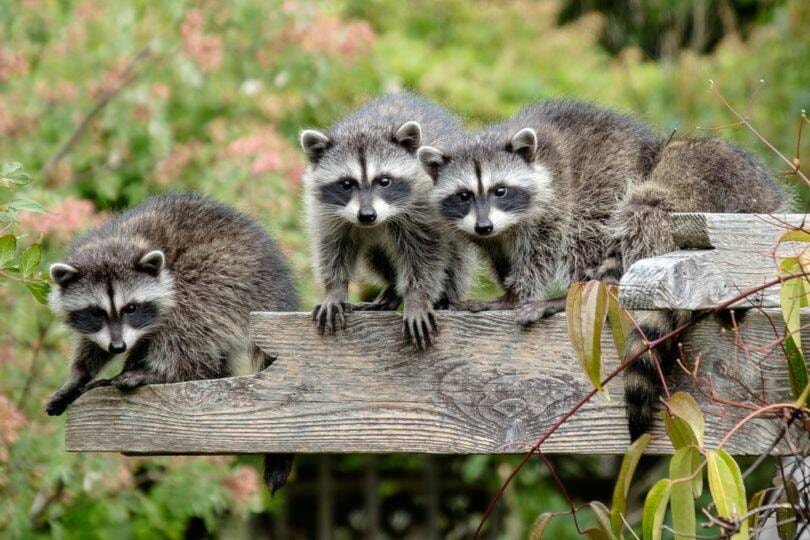Students aren’t the only ones on the hunt for housing in urba areas of B.C. as summer wanes.
With the rapid approach of fall, juvenile raccoons are on the move and starting to explore as they seek food and shelter, says the BC SPCA.
Now is the time to make sure your home and outbuildings don’t look enticing.
The animal advocacy agency recommends, as always, securing trash and removing food attractants around the home so raccoons don’t linger.
Food is the most common attractant, and some of it may look different to a raccoon’s palate.
Access to garbage, pet food and other food decreases their fear of people and can cause the critters to act aggressively, the BC SPCA says.
READ ALSO:
Best practises also include maintaining roofs and chimneys to prevent access inside. Block vents and under porches, decks and crawlspaces. Motion-activated lights and sprinklers are also good detergents, the BC SPCA says.
The agency also suggests ‚Äúmild humane harassment‚ÄĚ to get rid of the critters if they do move in. Lights, a radio and make a repellant ‚Äď rags soaked in cider vinegar, in a container with holes in the lid to allow the odour to emanate ‚Äď and place them all near the den door to act as an eviction notice. Installing a one-way door may see the animal leave, unable to return.
Alternatively, they recommend trapping and releasing directly outside the home. Trapping and releasing further afield is not recommended or humane, the agency says.
Find more tips on how to co-exist with raccoons visit .
Seek advice on any injured wildlife at the animal helpline 1-855-7722



